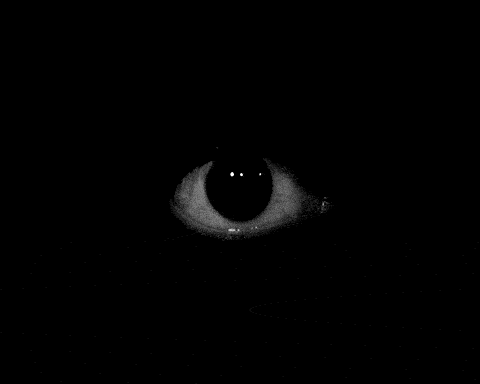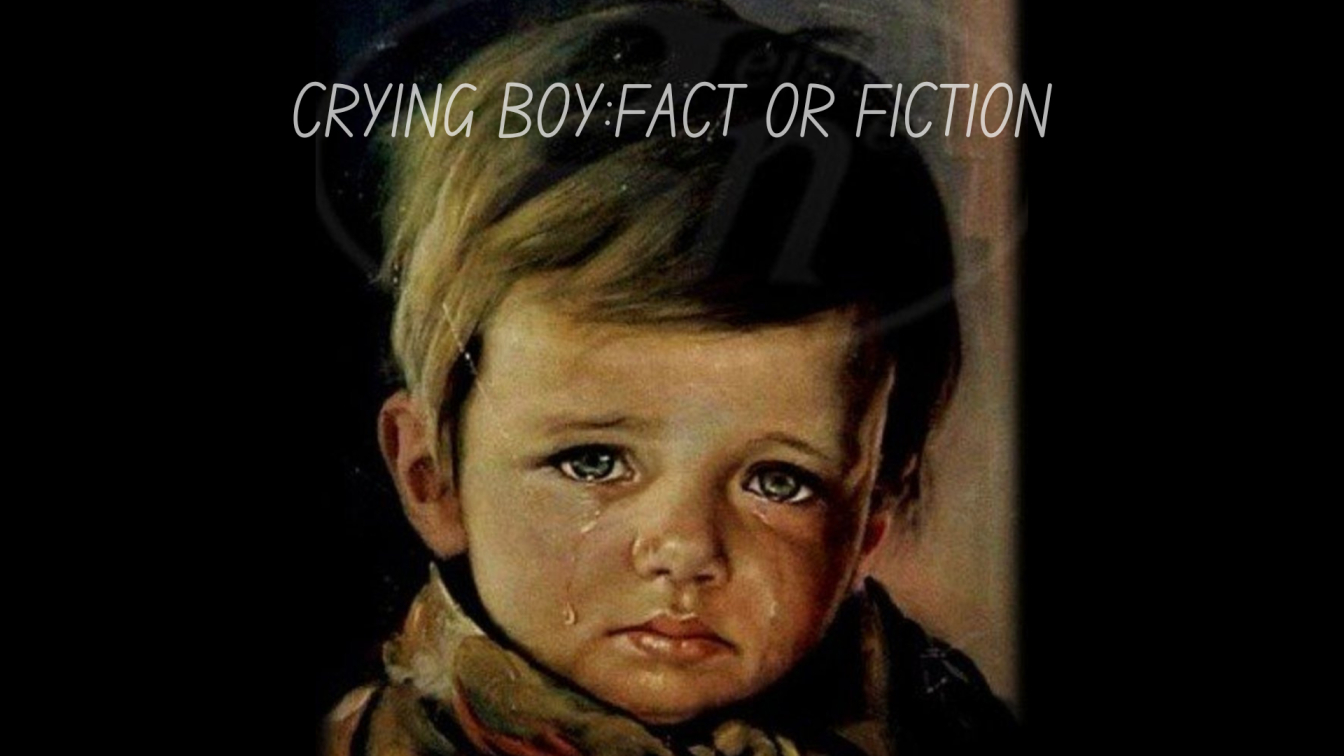Have you ever heard a painting could bring bad luck? The crying boy curse ,this creepy story sounds like something from a Gothic novel, but it’s been relegated to the periphery of urban legend for many years. Let’s start with the Crying Boy curse, a painting that has come to represent a curse that, according to legend, befalls its bearers tragedy and despair. But are the whispers really true, or is this whole thing just a terrifying work of fiction? As we explore the enigma of “The Crying Boy Curse: Fact or Fiction?” and attempt to sort the truth from fiction, fasten your seatbelts.
Unraveling the Crying Boy Legend
The Crying Boy is a series of paintings by Italian artist Giovanni Bragolin, depicting doe-eyed, teary children that became popular in the 1950s. The legend of the curse began to spread when stories emerged of houses burning down to the ground, yet the paintings remained unscathed among the ashes. This eerie phenomenon sparked rumors that the paintings were cursed, and owning one could lead to a fire disaster. The tale took a firm hold in the public’s imagination, with numerous accounts of misfortune befalling those who displayed the Crying Boy in their homes.
The legend persisted despite the lack of hard proof, propelled by dramatic press articles and word-of-mouth. It’s a prime illustration of an urban legend that appeals to our most ingrained anxieties and superstitions. The Crying Boy’s place in the annals of eerie folklore is assured by the terrifying and fascinating notion that an inanimate object could possess such power. Like any legend, though, there are times when it’s difficult to distinguish fact from fiction, leaving many to question whether the curse actually exists or is just a creation of our shared imagination.
Curse or Coincidence? Let’s Dig In
When examining the Crying Boy curse, it’s crucial to approach the stories with a healthy dose of skepticism. For starters, confirmation bias plays a significant role in perpetuating such myths. People are more likely to remember and connect the dots between the painting and any unfortunate events, ignoring the countless Crying Boy paintings hanging without incident. Moreover, at the height of the legend, the paintings’ materials were varnished with a potentially fire-retardant substance, which explains why the paintings frequently withstood the fires.
However, one should not minimise the impact of having a curse belief. Occasionally, the power of the human mind can cause expecting bad luck to become a self-fulfilling prophecy. The phenomenon of “cursed” objects and the placebo effect they can have on people’s lives have long piqued the interest of psychologists. The legends surrounding The Crying Boy are still alive and well, despite the lack of scientific proof for a curse. These tales may tell us more about our psyche than anything supernatural.
So, is The Crying Boy Curse fact or fiction? After peeling back the layers of legend and examining the evidence (or lack thereof), it seems that the curse is more likely a blend of coincidence, psychological suggestion, and a touch of media sensationalism. The tale of The Crying Boy is a fascinating study in how urban legends take root and spread, tapping into our innate love for a good scare. Whether you believe in the curse or dismiss it as fiction, one thing is for sure: The Crying Boy will continue to be a haunting fixture in the world of spooky tales and supernatural lore.


